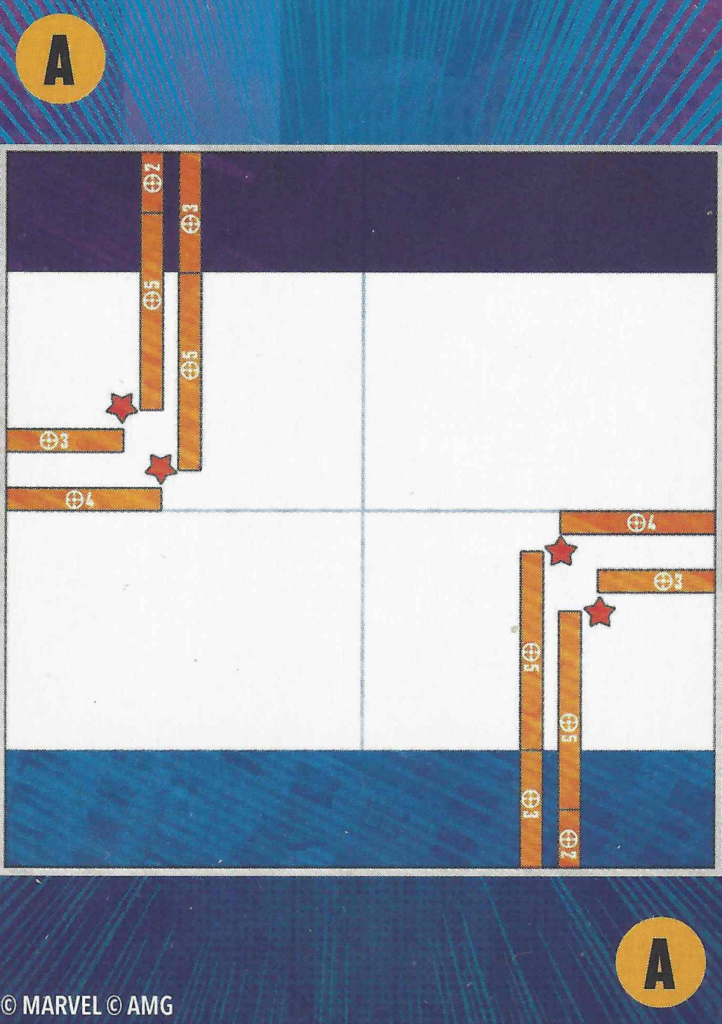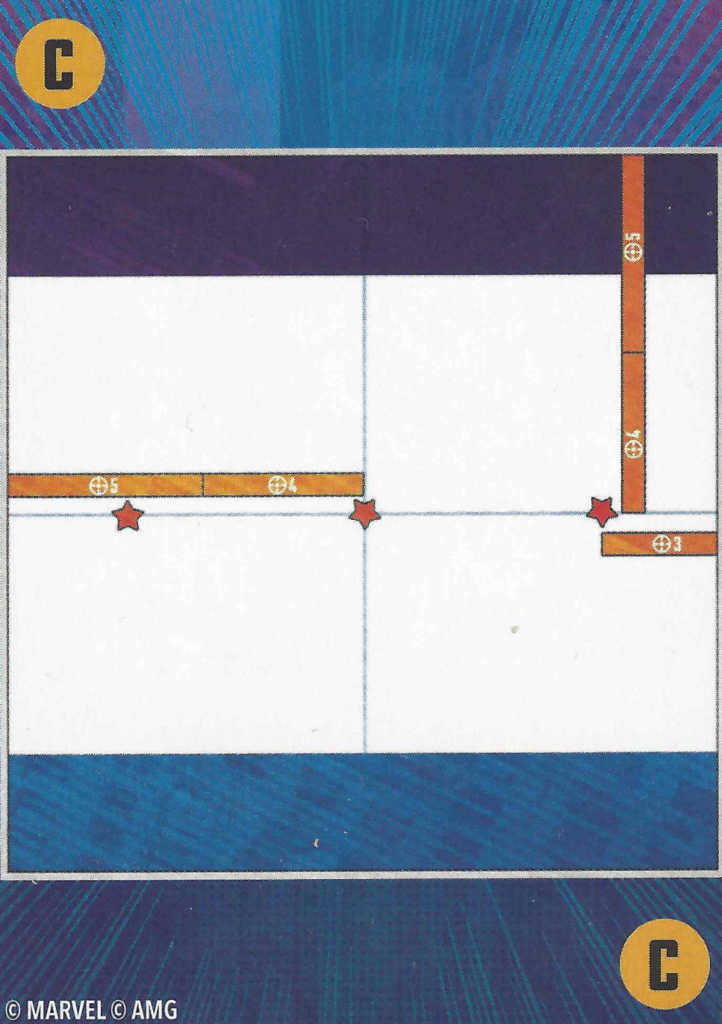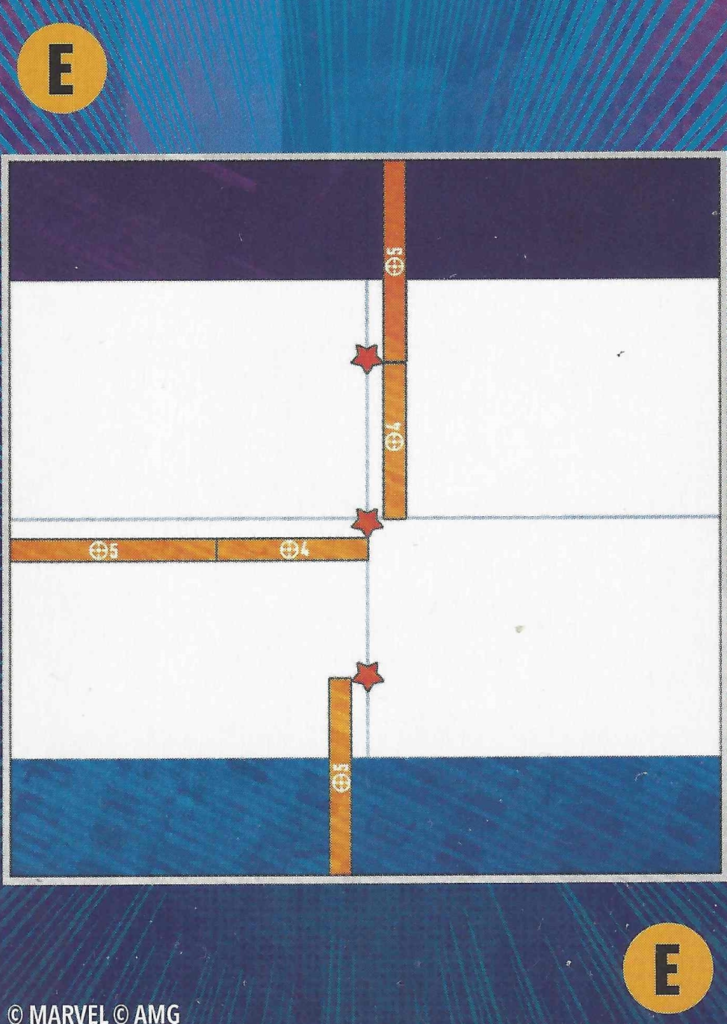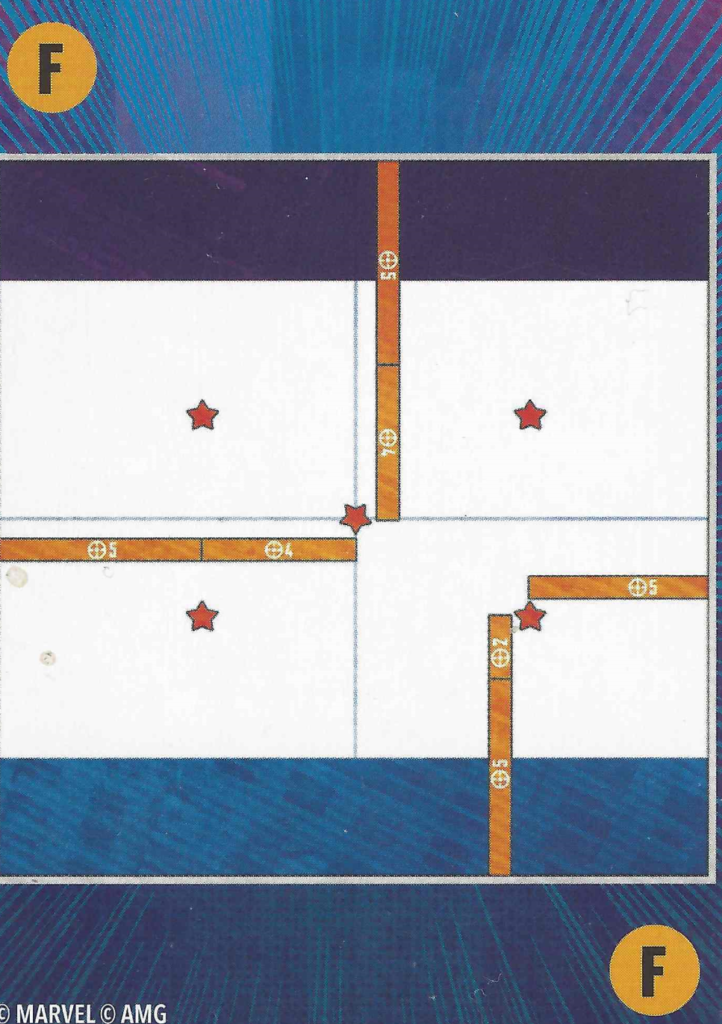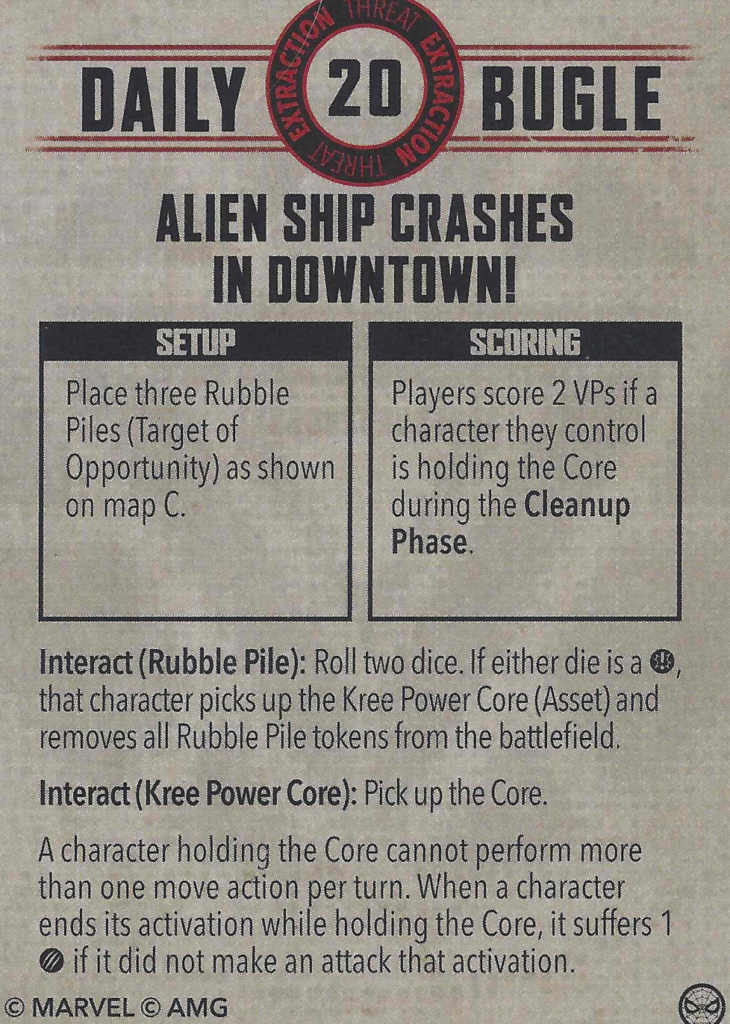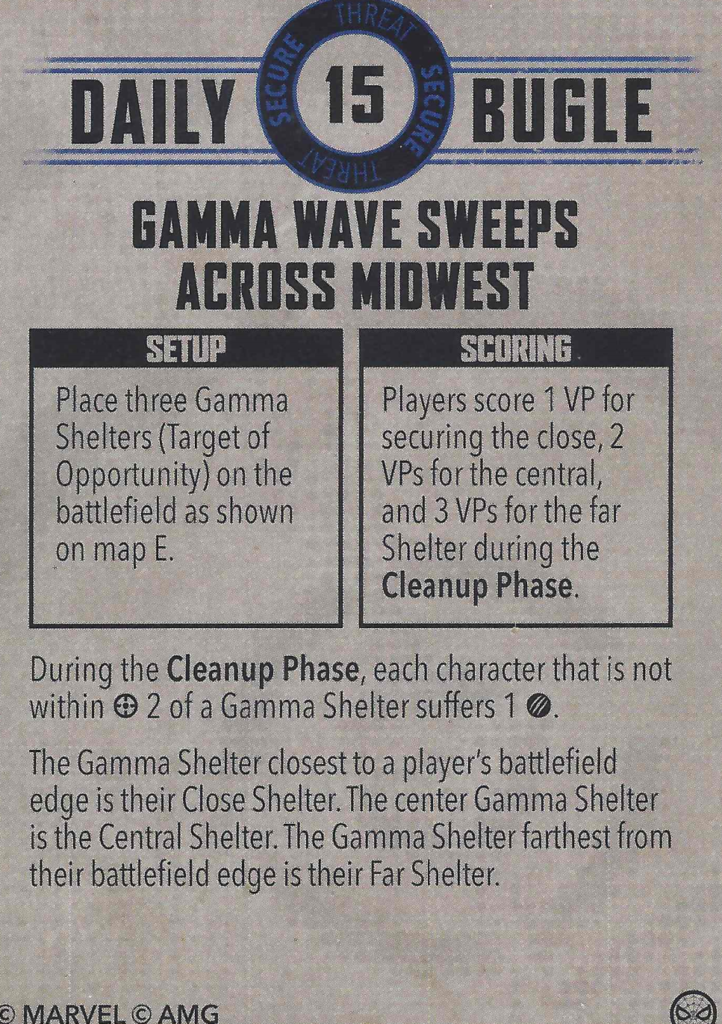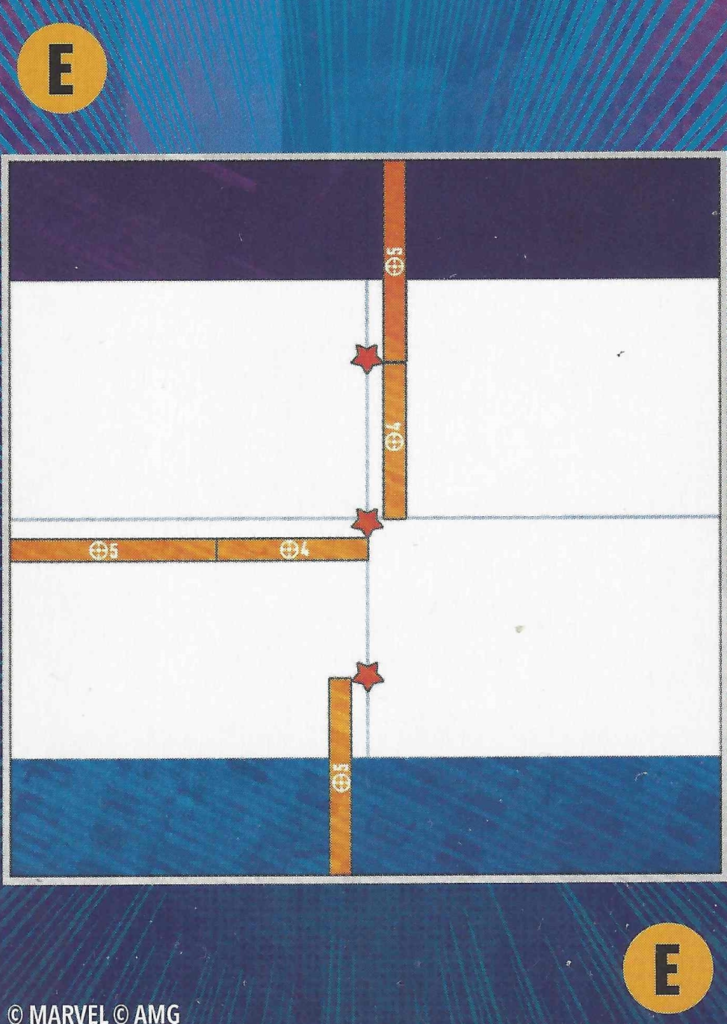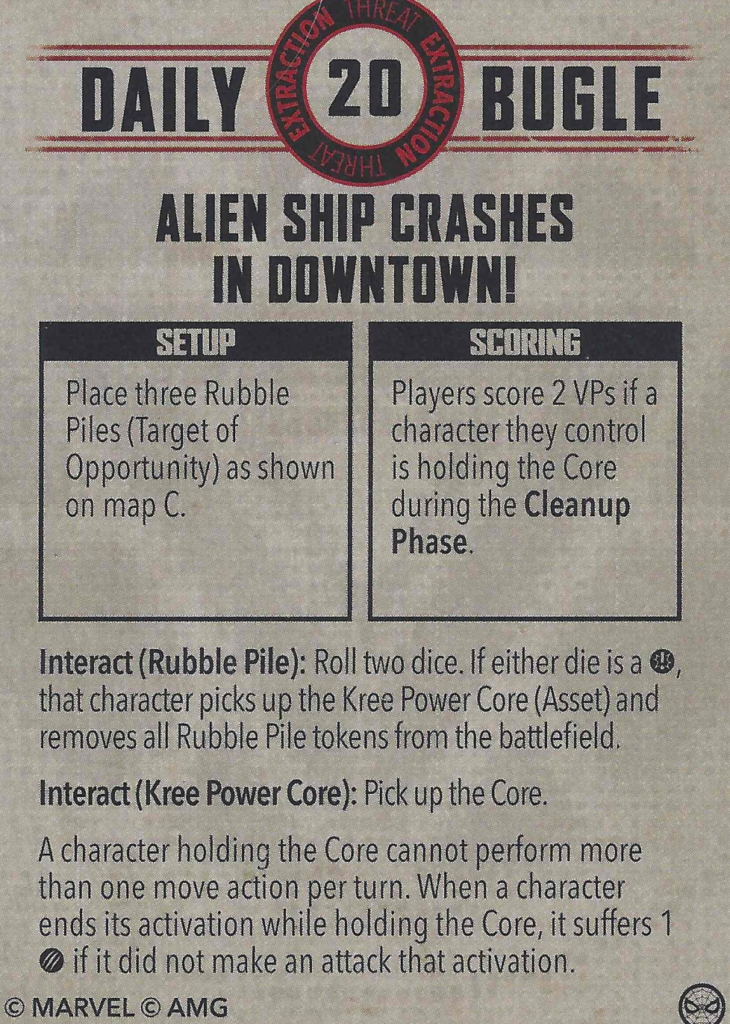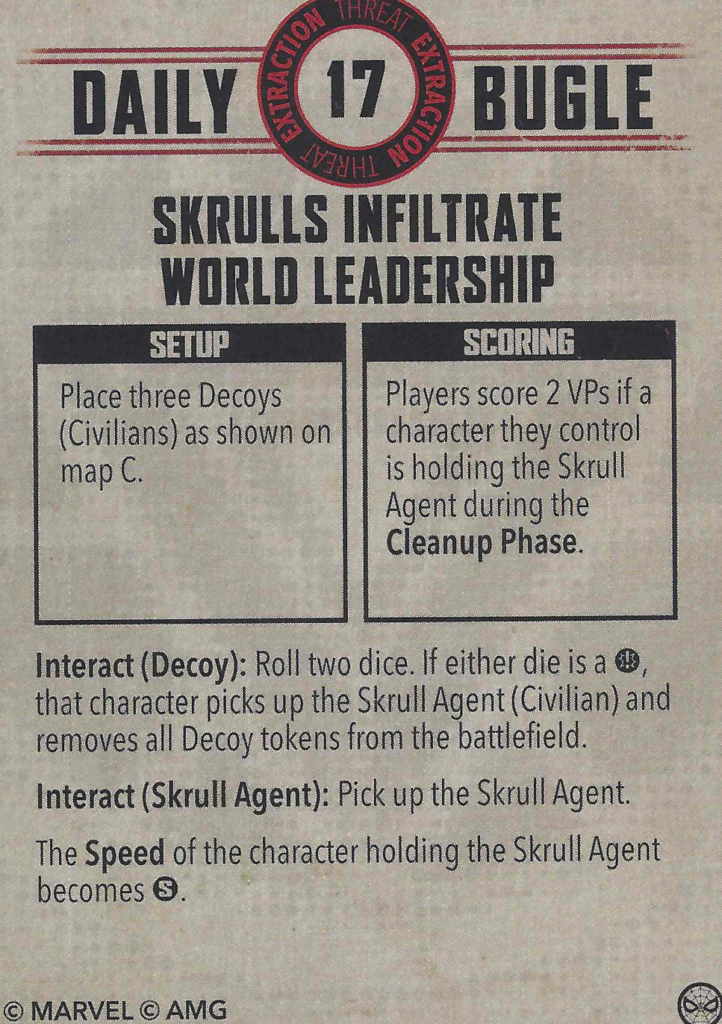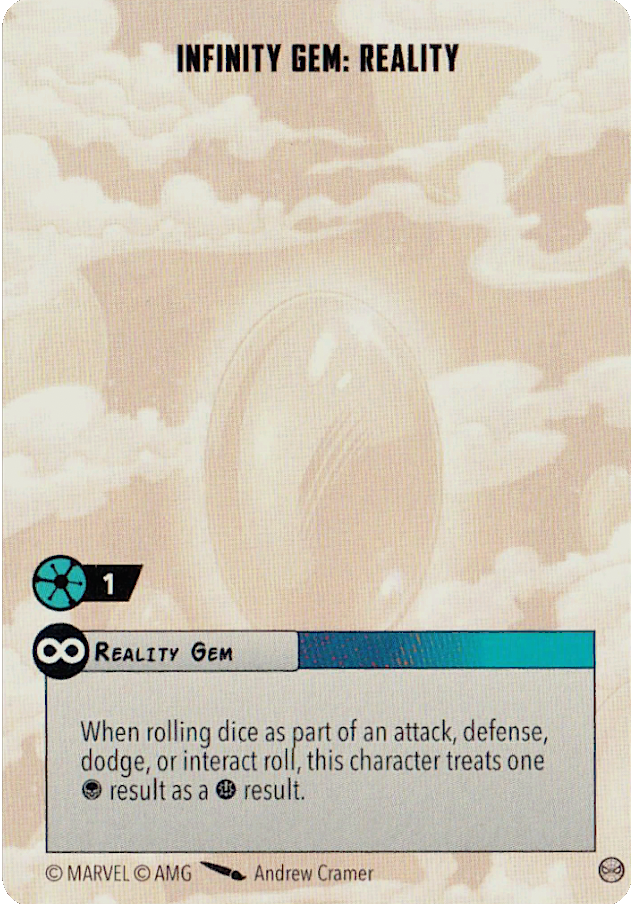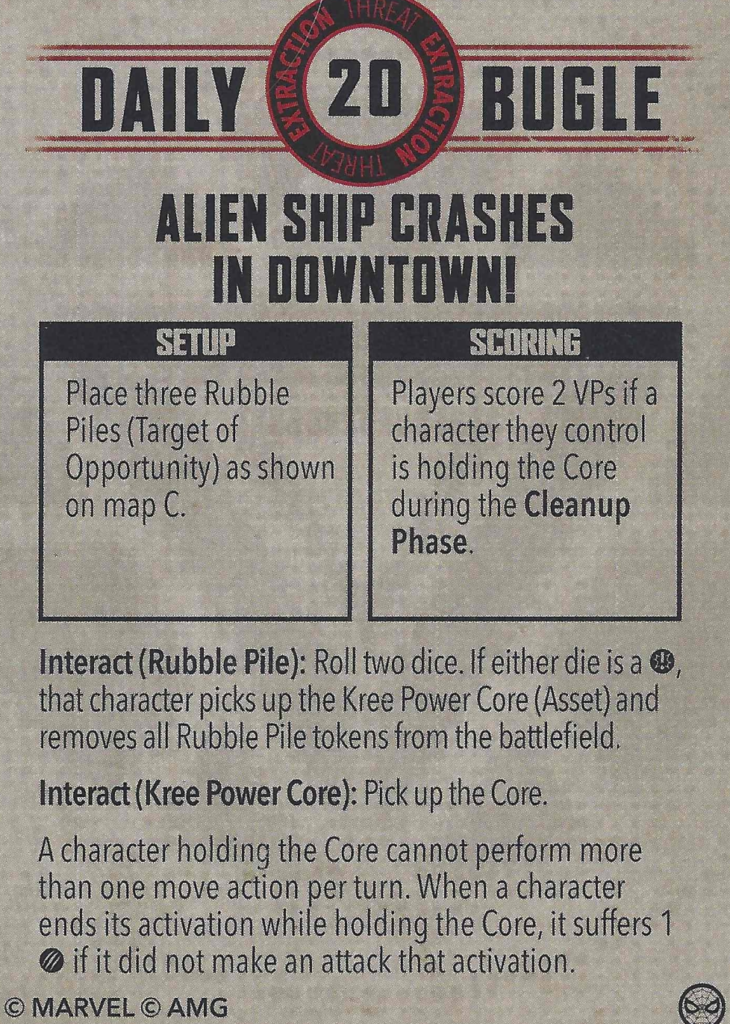
Welcome back to The Clinic! For this article, we’re going to dive down into Crisis selection. At the time of writing this there are nine extracts and nine secures which means there’s a whopping EIGHTY ONE crisis combinations in the game. That said, thanks to how roster construction works there are only forty five crisis combinations a roster you construct will have to prepare for (3 of your extracts * 9 secures + 3 of your secures * 6 extracts). Still, that’s too much for one to reasonably expect to exhaustively cover, and will become less realistic with each crisis released going forwards. So, how do we simplify this?
Know the Crises
What, you thought there was a shortcut?
Joking aside, in a sense there is. There’s a lot of little details on each crisis but there’s a heuristic you can use as a shortcut for fast evaluation – width and speed.
Width is pretty easy to figure out at a glance as you can tell from the setup shape of the crisis.
There are six setup shapes which each have their own properties. C, for example, encourages taking characters who like to stand in the middle of the board and take heat from the opposing side, while E encourages your team to clump up in the vertical column up the center and can massively increase the value of short range effects like Bodyguard and Baron Zemo’s reroll aura.
Generally, most secure crises will encourage you to use your team in 1, 2, or 3 groups depending on the shape, with detours to pick up extracts when necessary. This is important to understand both at Roster construction, for when you’re matching your characters/tactics and your crises, as well as when you sit down at the table and must build a team to match.
Speed, is a little bit less easy to eyeball but still doable. The first pass is to count up the amount of VPs scoreable each round. A slow crisis combination like say, Demons Downtown and Alien Ship…
…can score a max of 5 VPs / round. That means that without bonus VPs from Thanos’ leadership, Usurp the Throne, Black Widow Agent of S.H.I.E.L.D.’s interrogation, or any other bonus VPs that come out after this article it is literally impossible to win the game before round 4. This is probably the slowest crisis combination in the game. Inversely lets look at Gamma Wave and Struggle for the Cube:
Which you could theoretically score 11 VPs in a single round (obviously not realistic) but still each of the individual crisis cards is more live than the whole combination of Demons Downtown + Alien Ship. Games on Gamma + Cube (or similarly live extracts) often end round 3/4, but can easily finish round 2 if things go sideways. This is actually a huge part of how Wakanda Wave operates – abusing pushes and throws along with Wakanda Forever giving extra pushes from Shuri and BP allows you to maintain a decisive advantage on gamma, very likely to score 3 off of Gamma and at least 2 off of Cube on the first 2 rounds to a fast 10+ vp total, then riding that advantage out and the threat of outright winning to close the game out. A common answer to facing such a Wakanda Wave team is to drop a super slow Extract crisis like Mystic Wakandan Herbs:
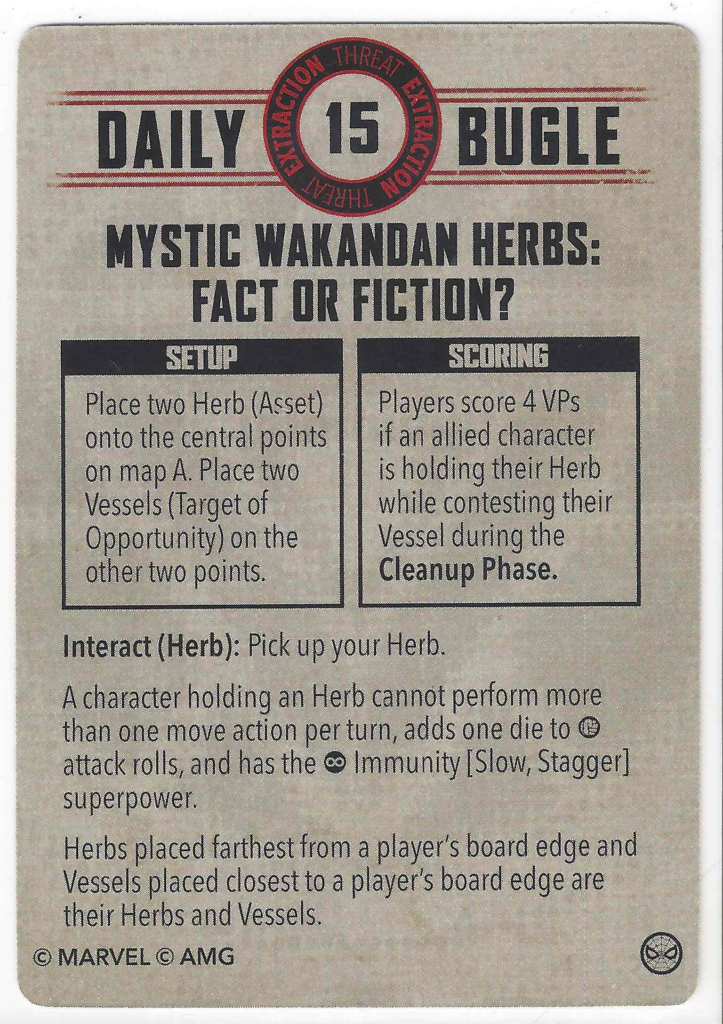
You might think that this crisis is a fast one due to scoring 4 VPs / round but due to how you score the herb it is impossible for most teams to score round 1, and difficult to score before round 3. Often teams will not even attempt to score it meaning it can be treated as a 0 VP scenario in the right circumstances. Without scoring the herb or their opponent’s home gamma shelter, Wakanda can’t threaten to win on VPs until round 6, which gives more than enough time for a dedicated attrition team to turn the tide.
Which then brings us to the core lesson here – understanding the axes of width and speed have a huge impact on how you should select crises for yourself, and how you should build teams once you see the crisis combination before you. Its not the end-all-be-all, you’ll have to put time, thought, and games into understanding how the details of interact and scoring elements of crises effect the roster you want to play. However it allows quick evaluation on the fly and helps you drill down into the specific pieces you want to test your roster with.
Use the Force, Luke
Here I’m going to borrow from some stage magic parlance to describe a crucial tool in your toolbox at roster construction – the force. No midichlorians required, a force is “a method of controlling a choice made by a spectator during a trick”. Normally if you’re at a show in Vegas that means they’re using sleight of hand or some other means to guarantee that a card randomly picked by the audience isn’t random, to give the illusion of chance / free will. Instead of cheating, we’re going to achieve a force by instituting redundancy so that no matter what you’re guaranteed an outcome you’re prepared for.
In Marvel Crisis Protocol, crises are selected by determining priority and deciding who contributes which half of the crisis, then shuffling your three crisis cards and discarding one. We can take advantage at roster construction by having two of our three crises being similar in an important way. The two most common forces are the “E force” and the “D force”, named for the shape of the crisis.
As you can see, these two crisis setup types have a VERY different shape, E is on a single vertical column while D is split up across the map. These shapes, when on secure crises, have a huge impact on where your team will be standing for the majority of the game and what pieces are valuable. This means if you’re playing on an E Secure crisis like, say, Gamma Wave Sweeps Across Midwest, you can clump up your team and have a target rich environment to brawl in. A D Secure crisis like Riots Spark Over Extremis 3.0, however will split your team into 2-3 groups depending on how ambitious you are, and can diminish the value of range 4 attackers as they can’t hold a point and threaten another easier.
But shape isn’t the only way to force a crisis in MCP. For players with the Reality Gem front and center (Black Order, Corvus + Proxima splashes in other rosters), it can be a popular tactic to take advantage of the Reality Gem’s interaction with crises to force crit fishing crises like Alien Ship Crashes in Downtown or Skrulls Invade World Leadership
With the Reality Gem, the odds of picking up the Power Core / Skrull Agent jumps from 15/64 (~23.4%) to a whopping 7/16 (43.75%). And since there’s only one source of VPs from this crisis that means that you’re nearly doubling the odds that you get a 2 VP / round advantage on the Extract half, and therefore just need to play to be even on the Secure to gain a crushing advantage.
By maintaining a force of either shape or behavior in both of your crisis types can give you a huge leg up in consistency. More importantly, your crisis forces can inform your character/tactics and vice versa. Want to brawl in a condensed space? E force. Want to split up and make your opponent make tough decisions about allocating their forces? D force. Want to abuse Reality Gem? Crit force. The possibilities are endless, and with each crisis released we discover new angles to force to get a consistent experience out of our crises.
Setting the Tempo
There is another strategy that is becoming increasingly popular, although is a bit trickier to pull off than a simple force, and I like to call it “threat management”. The idea here is to pick three crises that you feel your roster is happy with, force or no, but with a large variance in threat values. The idea here being that you can limit your opponents threat options if they have priority, or pick a threat value where you think they will struggle if you get priority. The biggest card enabling this right now is Mutant Extremists Target U.S. Senators
With Mutant Extremists we have been introduced to an all new threat level – 14 threat. And I’m going to keep harping on this until someone proves otherwise but this crisis is TERRIBLE for Black Order. Up until now their 15 threat core was as follows:
Thanos – 6
– Infinity Gem: Mind – 1
Corvus Glaive – 4
– Infinity Gem: Reality – 1
Proxima Midnight – 3
And at first you’d think that cutting a gem (mind or reality to taste) would slot in nicely at 14. However, even if you’re fine with giving up the utility of the Mind Gem or the raw attritional advantage of the Reality Gem, you’re still playing 3 wide (with two joined at the hip almost) on a scenario that wants you to get multiple characters to 3 spread out points as fast as possible to ensure that someone gets the Senator round 1 (no dice involved means that unless someone drops the senator from being dazed, both players have screwed up immensely if someone doesn’t have it round 1). So, there are multiple pain points that can be applied on a Black Order player by simply picking this crisis, bonus points if you can select 14 threat.
Instead of going small, you can also go large. Certain rosters, Wakanda Wave in particular, can struggle with higher threat values, especially if the scenario is not super live.
Wakanda Wave can be quite scary in the 15-17 threat range, but stretching it to 20 with an extract that often doesn’t start scoring until round two or three can be devastating to their game plan, especially if you are bringing heavy hitters like M.O.D.O.K., Doctor Strange, Thor, or Angela once she gets released. Admittedly any Wakanda roster worth their stuff (snuff? IDK how that saying is supposed to go) should have a heavy hitter of their own to complete the jump from 15 to 20 but if you’re more dedicated to the game plan you can eke out a healthy advantage.
By having a good spread of crises like these you can usually have something in your toolbox that will put your opponent on the back foot. Alternatively if you’re more comfortable with a force than dedicated chaos, make your third card a monkey wrench for a matchup you’re worried about, that way you can always force your game plan but there’s a 2/3 chance you have access to your “answer” crisis when you face your least favorite matchup.
And with that, we have covered three more arrows for your quiver when understanding Crises. This is obviously just a jumping off point as new crises bring more unique effects into the scenarios you play. And as more crises come out more forces will be available to focus on, But thinking about your crisis spread through these three lenses will not only improve your roster building, but give you better insight into what your opponent is planning when you sit down opposite of them.
Let me know in the comments what you think of these articles, this series is super malleable right now in its early stages and I’d love to hear how I can reshape it to fit people’s wants / needs. If you have any topic ideas or follow up questions, feel free to comment below or message me on any social media. Until next time!


